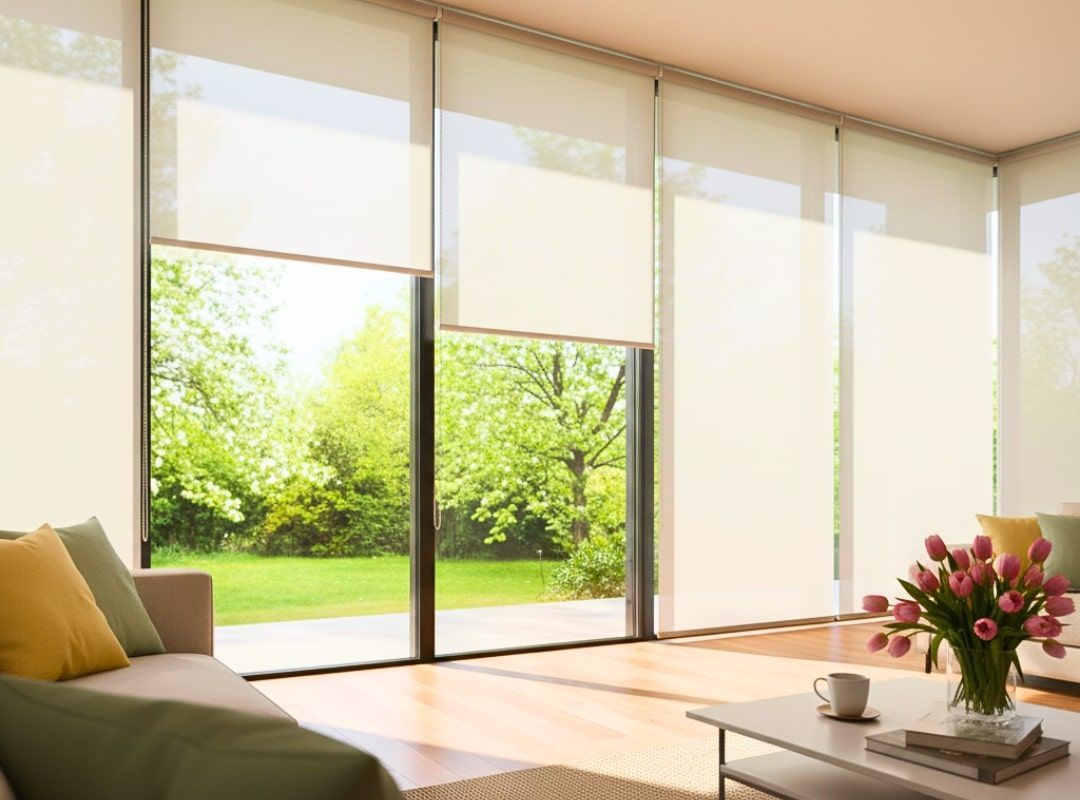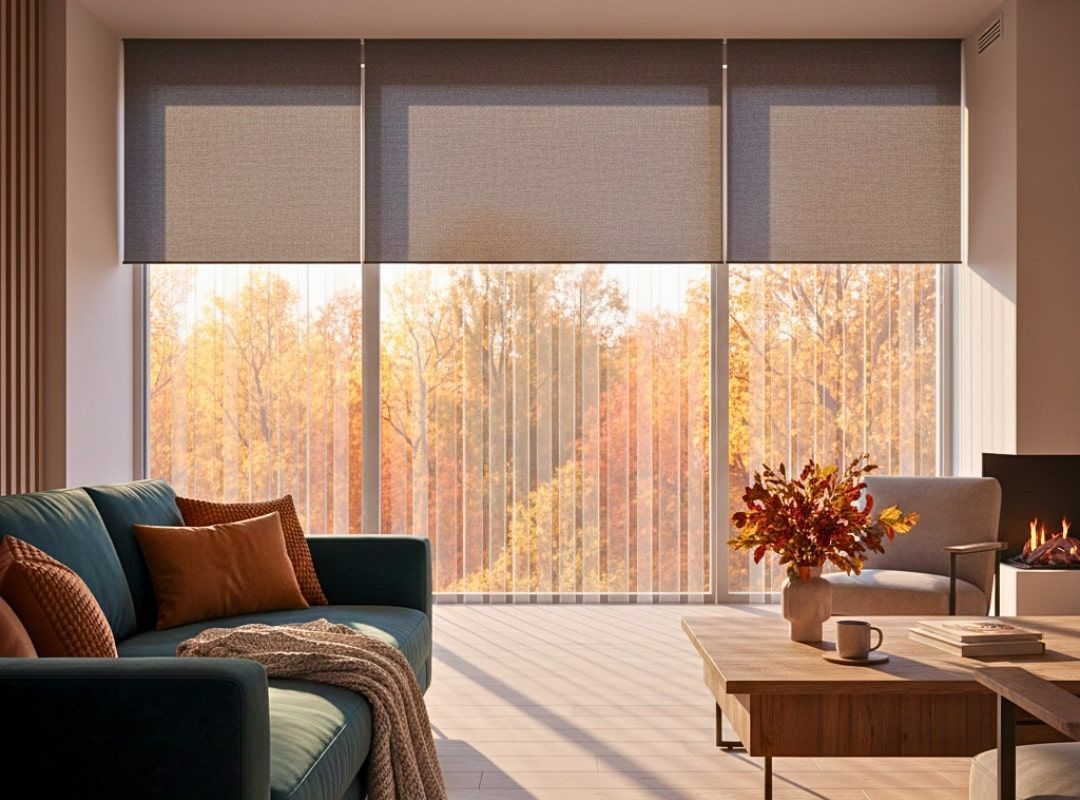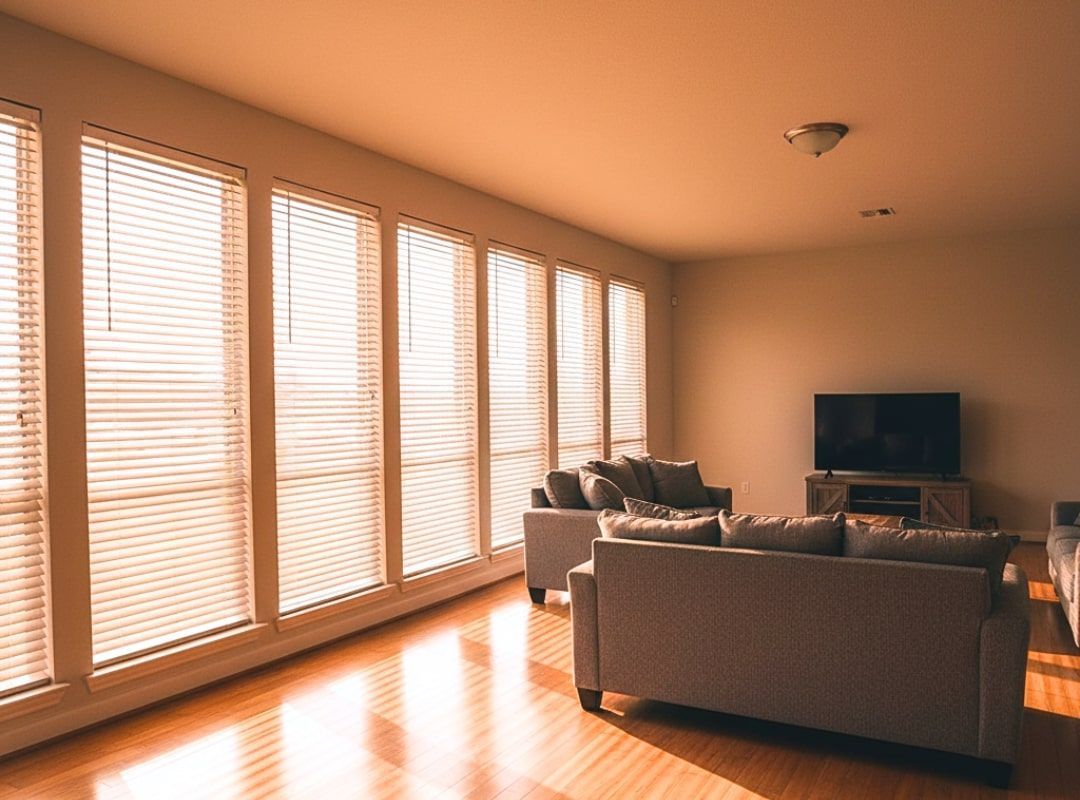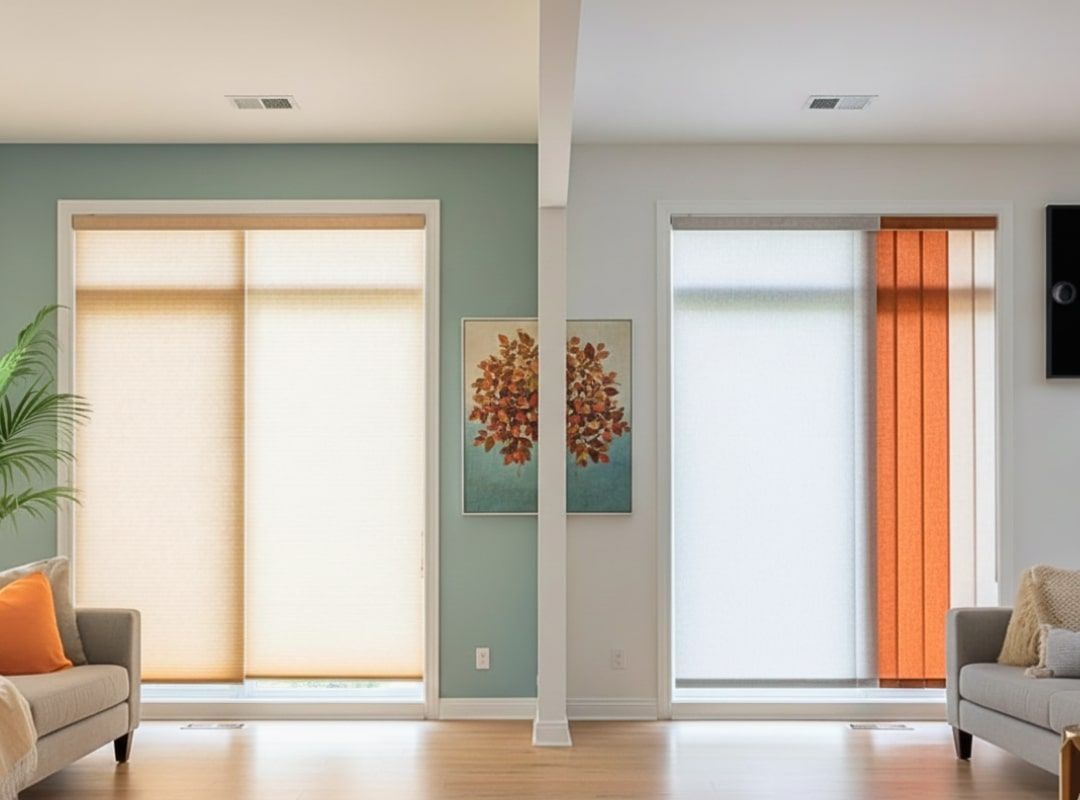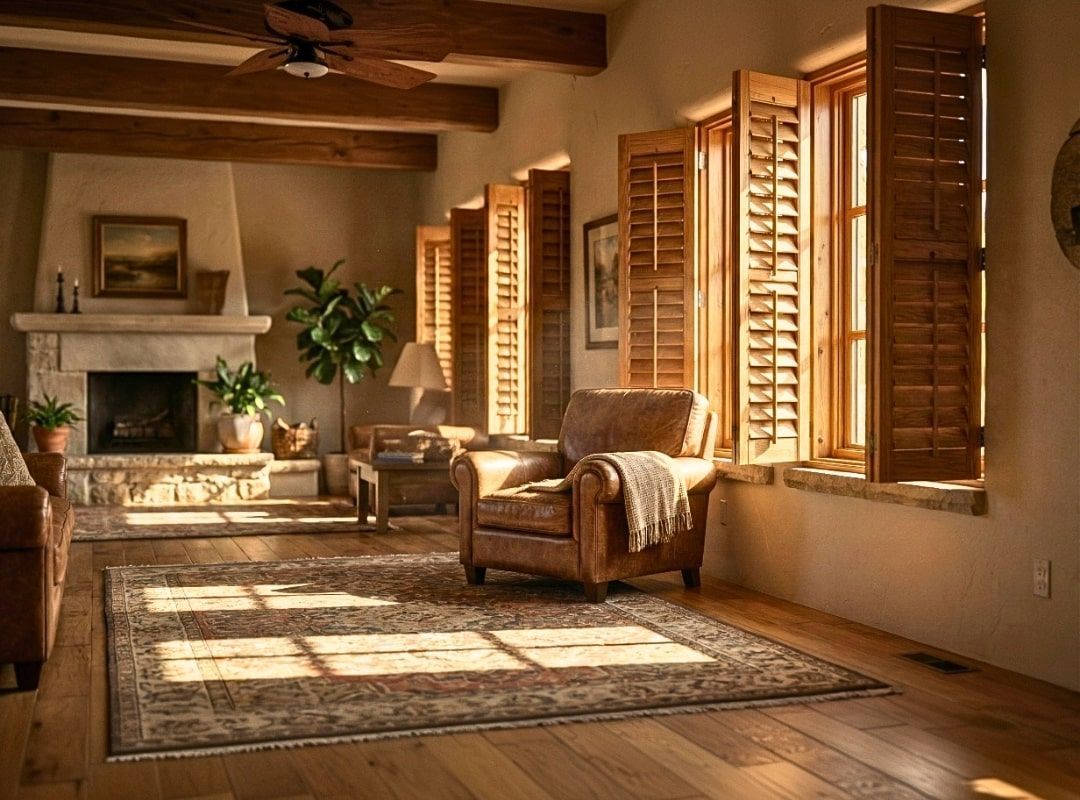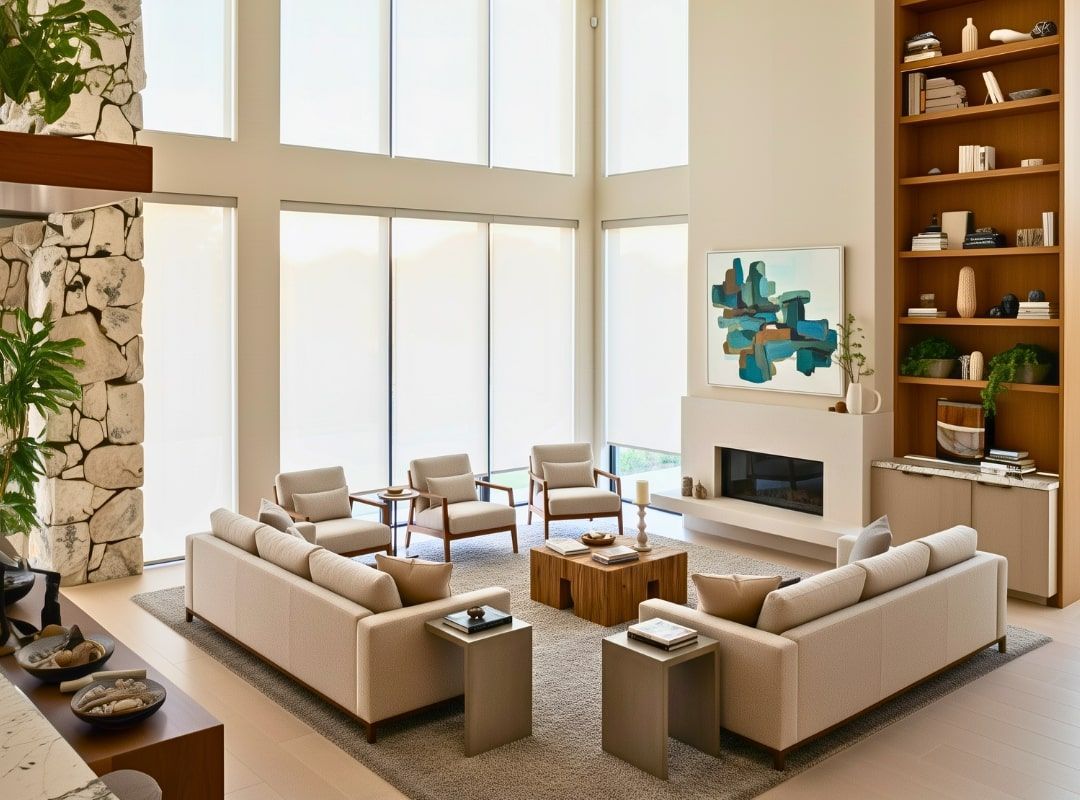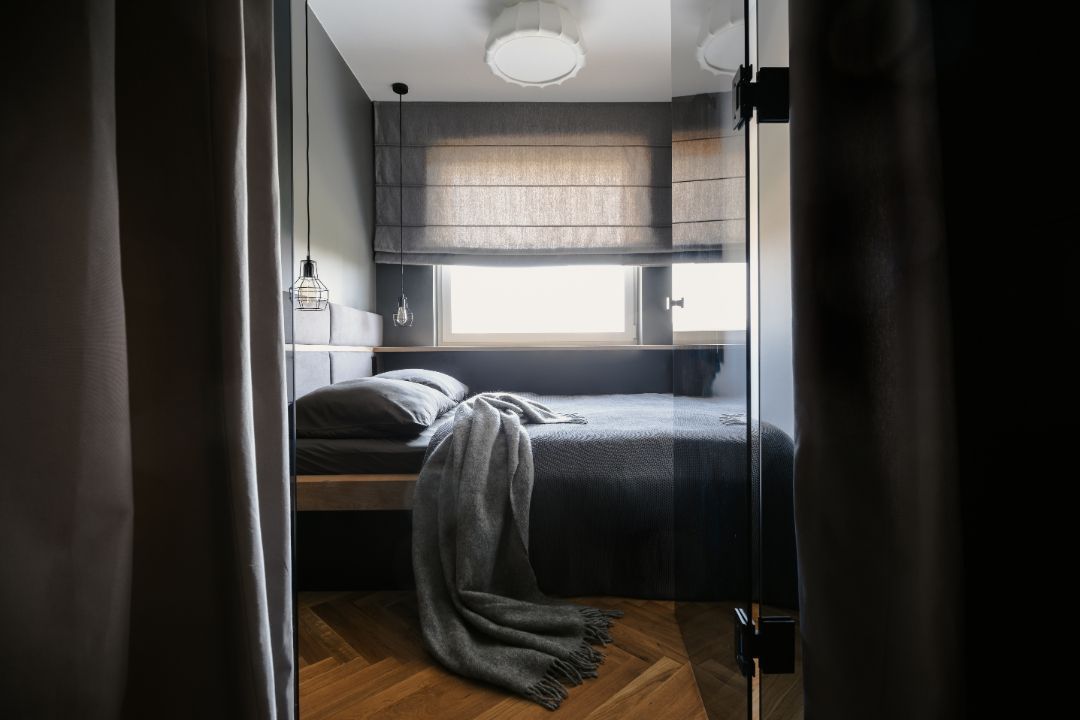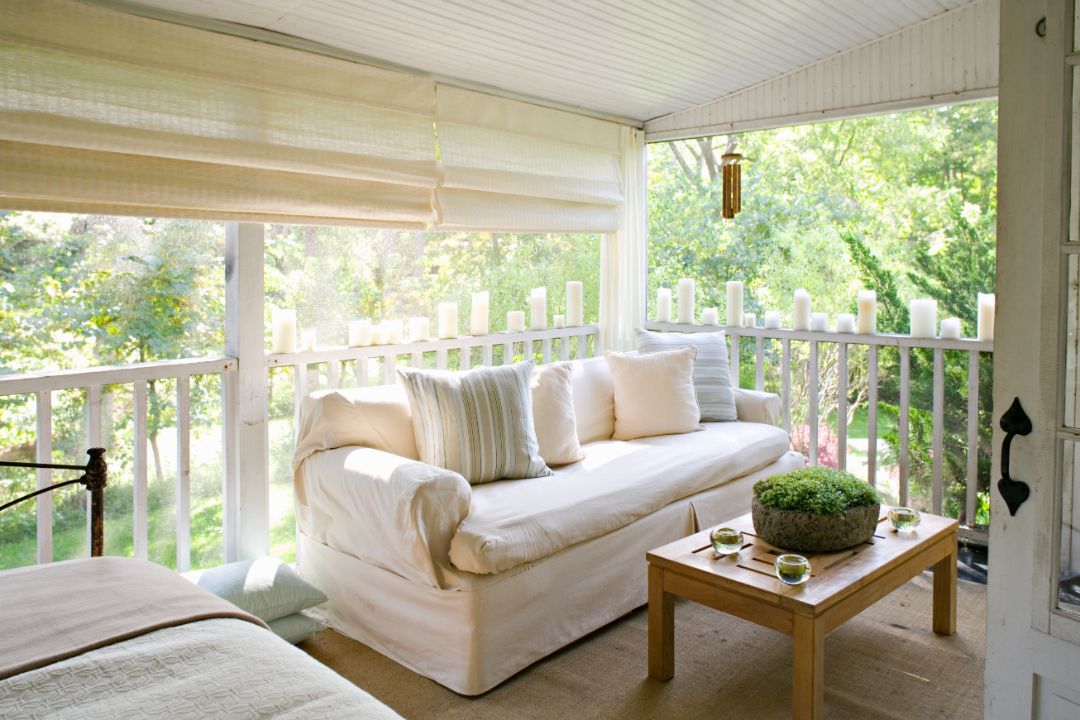What Is the Best Noise-Proof Window Treatment?
TLDR;
The best noise-proof
window treatment depends on your situation, but the most effective options are window inserts, laminated or multi-pane windows, and heavy acoustic curtains. For renters or budget-conscious homeowners, cellular shades and thick blackout curtains combined with proper sealing around frames provide strong noise reduction at a lower cost.
Why Noise-Proof Window Treatments Matter
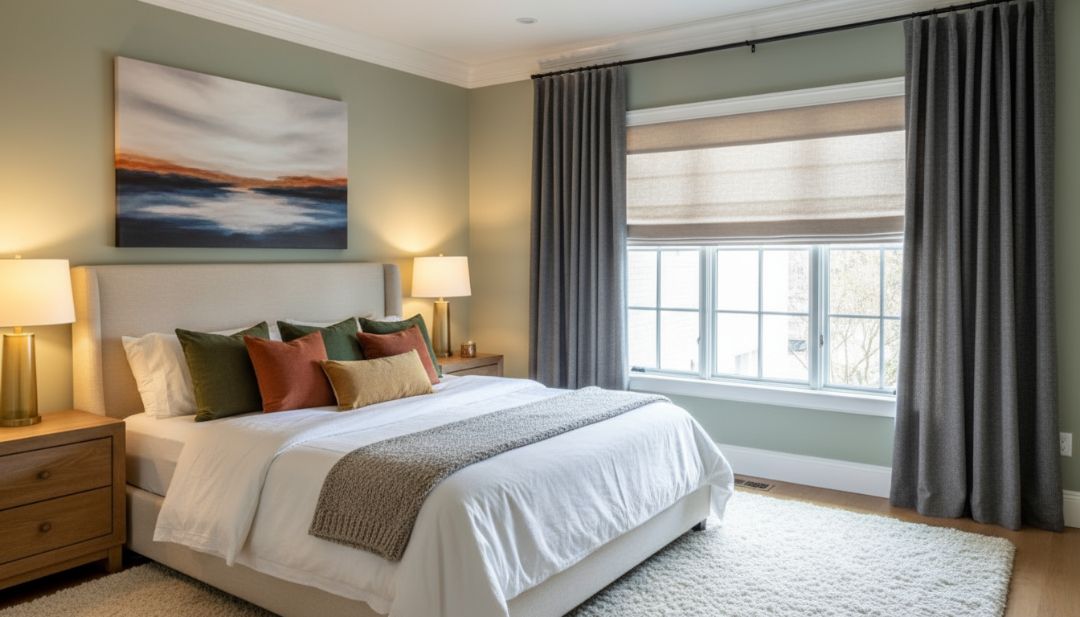
Noise pollution affects sleep, concentration, and overall comfort in your home or office. Whether you live near a busy road in Texas, next to neighbors in an apartment, or close to an airport, reducing unwanted sound improves quality of life. Window treatments are one of the most effective and practical solutions to fight noise without rebuilding your home.
How Window Treatments Reduce Noise
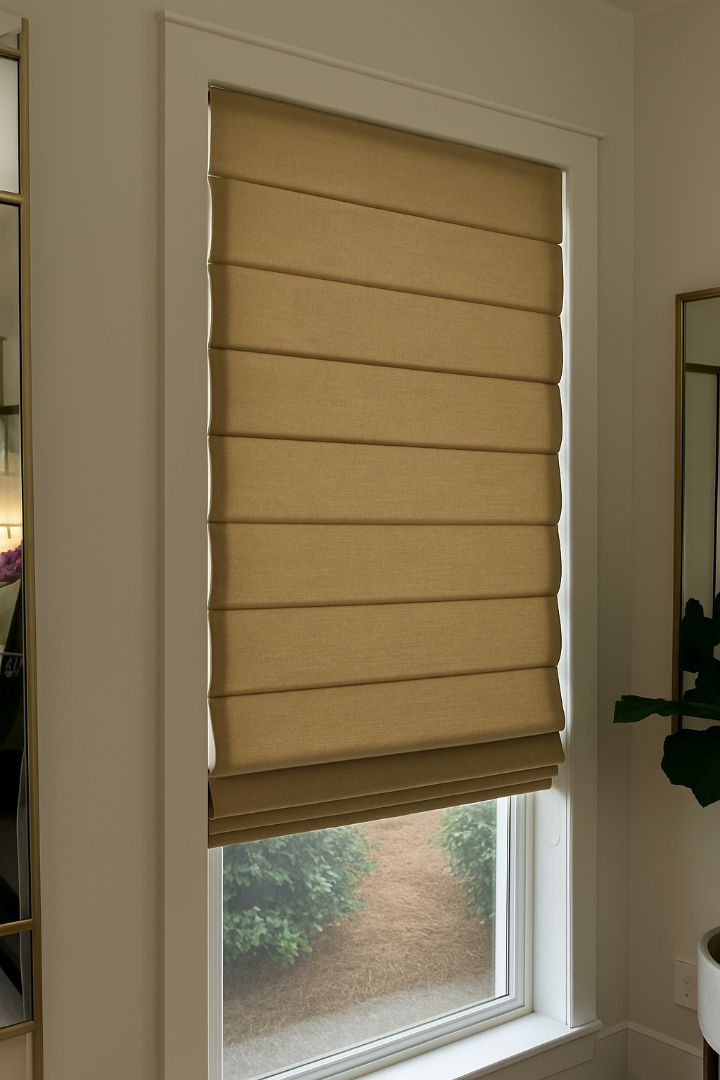
Sound Transmission Class (STC) and Decibel Reduction
STC ratings measure how well a product reduces sound. A higher STC means better sound blocking.
- Basic single-pane windows rate around 25 STC.
- Double-pane windows reach 28 to 34 STC.
- Laminated glass or specialized inserts can reach 40 STC or higher.
For context, reducing outside noise by 10 decibels feels like cutting the sound in half to the human ear.
How Materials, Layers, and Air Gaps Work
- Dense fabrics and glass reduce sound because of mass.
- Air gaps weaken sound waves between layers.
- Multiple layers, such as an insert plus heavy curtains, create barriers that work together.
The Role of Seals, Frames, and Installation
Even the best materials fail if gaps remain around frames. Acoustic caulk, weather stripping, and precise installation prevent leaks that let sound in.
Best Noise-Proof Window Treatments and Their Uses
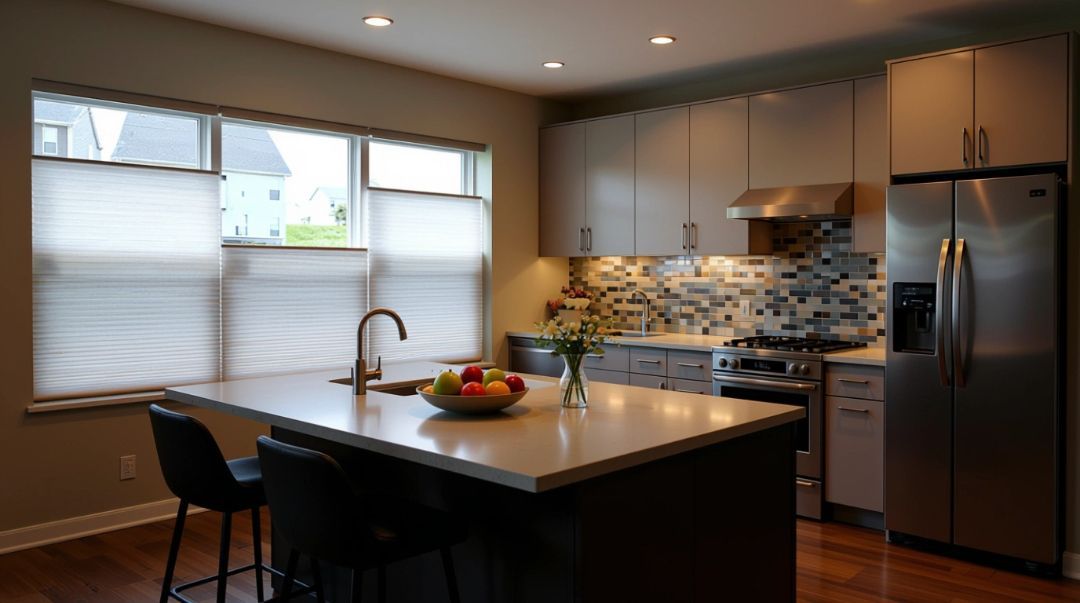
Heavy Drapes and Acoustic Curtains
Heavy curtains made of dense fabric with a thick lining absorb noise and also block light.
- Pros: Affordable, renter-friendly, adds privacy and insulation.
- Cons: Less effective for low-frequency sounds like trucks, may look bulky.
- Best for: Bedrooms and living rooms where style and comfort matter.
Cellular Shades or Honeycomb Blinds
These shades trap air in pockets, which weakens sound passing through.
- Pros: Lightweight, stylish, adds thermal insulation.
- Cons: Less effective alone compared to inserts or laminated glass.
- Best for: Apartments, offices, or as an extra layer with curtains.
Window Inserts and Secondary Glazing
Inserts add an acrylic or glass panel inside the frame, creating an air buffer.
- Pros: Very effective against traffic noise, airport noise, or loud neighbors.
- Cons: Higher upfront cost, requires precise fit.
- Best for: Homes in high-noise areas, especially in Texas cities like Houston or Dallas.
Laminated, Double, or Triple Glazed Windows
Replacing single-pane windows with laminated or multi-pane glass is one of the strongest solutions.
- Pros: Excellent noise reduction, improves energy efficiency, adds home value.
- Cons: Expensive, requires professional installation.
- Best for: Long-term homeowners, new builds, or major remodels.
Roman Shades, Roller Shades, and Blinds with Acoustic Liners
Adding acoustic liners to stylish shades or blinds improves their ability to block sound. These options also work well as minimalist window treatments, offering clean lines and practical functionality while reducing noise.
- Pros: Customizable, decorative, moderate noise reduction.
- Cons: Not as strong as inserts or glass upgrades.
- Best for: Spaces needing a balance between style and function.
Combination and Layered Systems
Layering treatments works best. For example, using an insert plus cellular shades plus heavy curtains delivers a higher reduction than using only one.
- Example: A home office near a freeway uses an insert and blackout drapes, reducing noise by up to 20 decibels.
How to Choose the Best Treatment for Your Situation
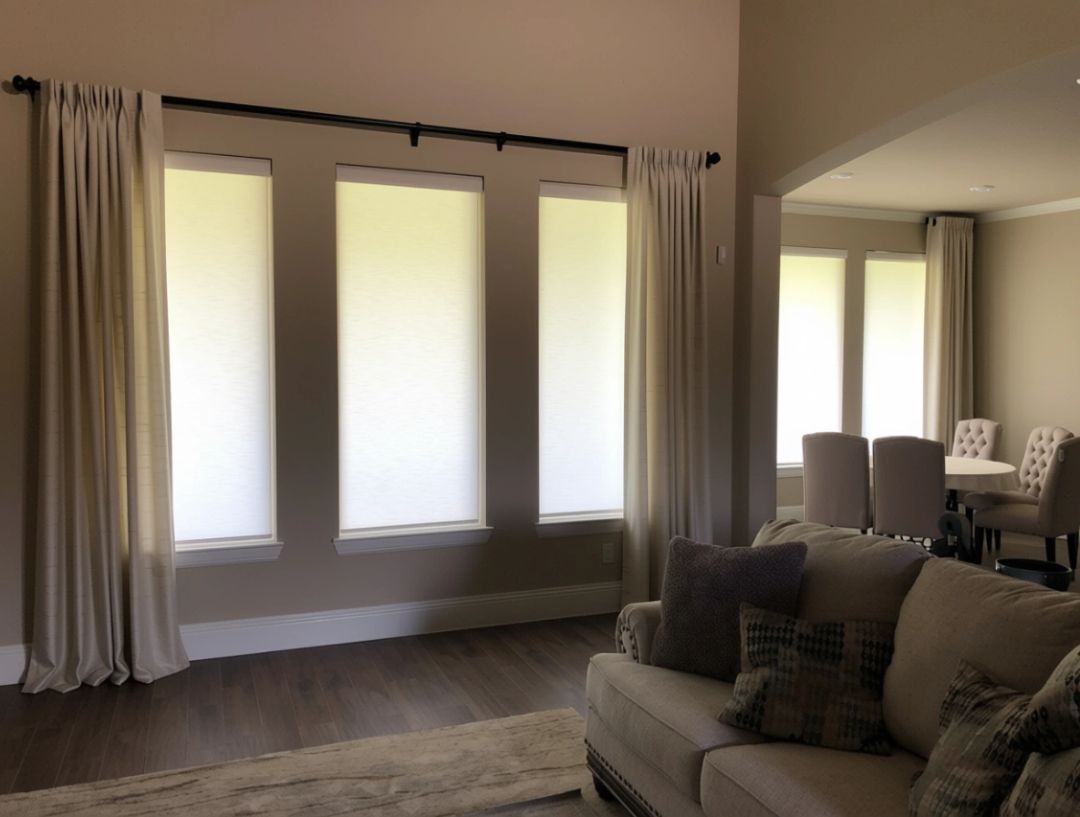
Urban vs Suburban vs Rural Noise Sources in Texas
- Urban: High traffic, nightlife, construction. Best choice: Inserts plus curtains.
- Suburban: Moderate road noise, barking dogs. Best choice: Heavy curtains or cellular shades.
- Rural: Less frequent but stronger sounds like farm equipment. Best choice: Laminated glass for durability.
Window Size, Shape, and Exposure
- Large front-facing windows need stronger solutions like laminated glass or inserts.
- Smaller side windows can be managed with heavy curtains or
honeycomb shades.
Budget vs Permanent Solutions
- High budget: Laminated or triple-pane windows.
- Moderate budget: Inserts with curtains.
- Low budget: Blackout curtains with weather stripping.
Renter-Friendly Options
- Acoustic curtains with tension rods.
- Temporary inserts that can be removed.
- Sealing strips or draft blockers.
Style, Decor, and Light Control Trade-Offs
- Acoustic curtains block both sound and light.
- Cellular shades reduce sound while letting in filtered light.
- Inserts preserve window appearance but reduce ventilation.
Cost, Energy, and Long-Term ROI
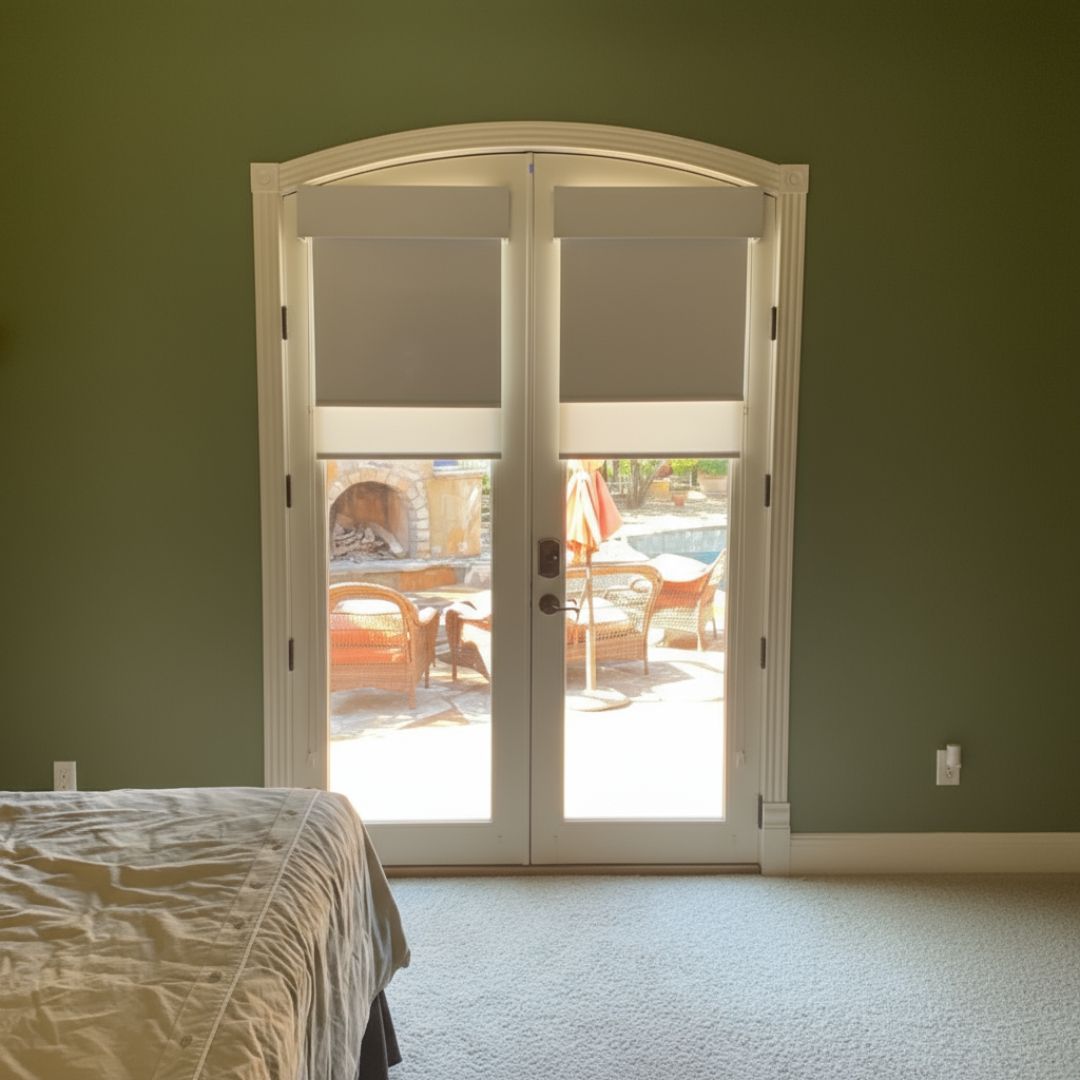
Energy Savings from Insulation and Reduced HVAC Load
Noise-proof treatments often double as insulation. Reducing drafts lowers energy bills. Double-pane windows and cellular shades both improve heating and cooling efficiency.
Maintenance Costs and Durability
- Heavy curtains need regular cleaning to avoid dust buildup.
- Seals on inserts or windows should be inspected every few years.
- Laminated glass is durable but may cost more to repair if damaged.
Resale Value and Comfort
Homes with soundproof windows are attractive in noisy markets like Austin or Dallas. Buyers often pay more for comfort features.
Installation and Maintenance Tips
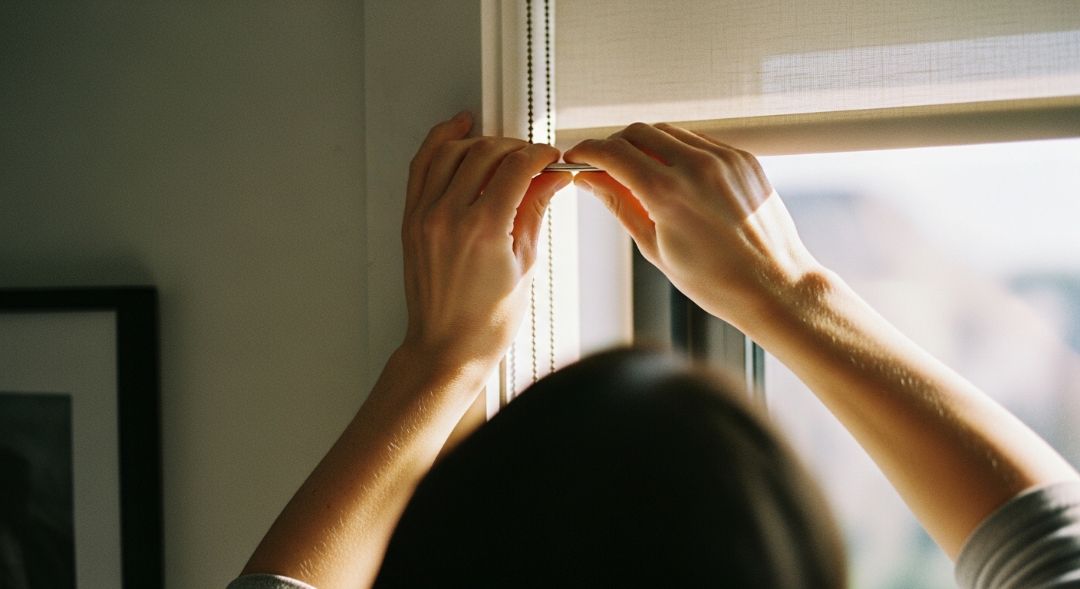
Sealing Gaps and Frame Fixes
Use acoustic caulk around frames, weather stripping on sashes, and foam tape where needed. Even small cracks reduce performance.
Mounting and Fit
Curtains should extend past window edges and reach the floor. Cellular shades should fit tightly inside frames. Inserts require exact measurements.
Cleaning and Fabric Care
Vacuum curtains, wipe inserts with a microfiber cloth, and avoid harsh chemicals.
When to Consult a Professional
Large or unusual window sizes need expert measurement. Professional installation ensures a higher STC rating.
Frequently Asked Questions
Do blackout curtains block noise?
They reduce some sound, but true noise-proof performance requires thicker acoustic curtains or a combination of treatments.
What STC rating should I aim for to reduce traffic noise?
Aim for at least 35 STC for heavy traffic. Higher is better if you live near highways or airports.
Are expensive inserts worth it compared to heavy curtains?
Inserts outperform curtains, especially for low-frequency sounds. Curtains alone help but inserts plus curtains give stronger results.
Can layering low-cost treatments approach high-STC solutions?
Yes, layering blackout curtains with cellular shades and sealing leaks provides performance close to inserts for a fraction of the cost.
What about sliding glass doors?
Use laminated glass panels, add heavy vertical blinds, or combine inserts with curtains for large glass surfaces.
Best Options by Scenario
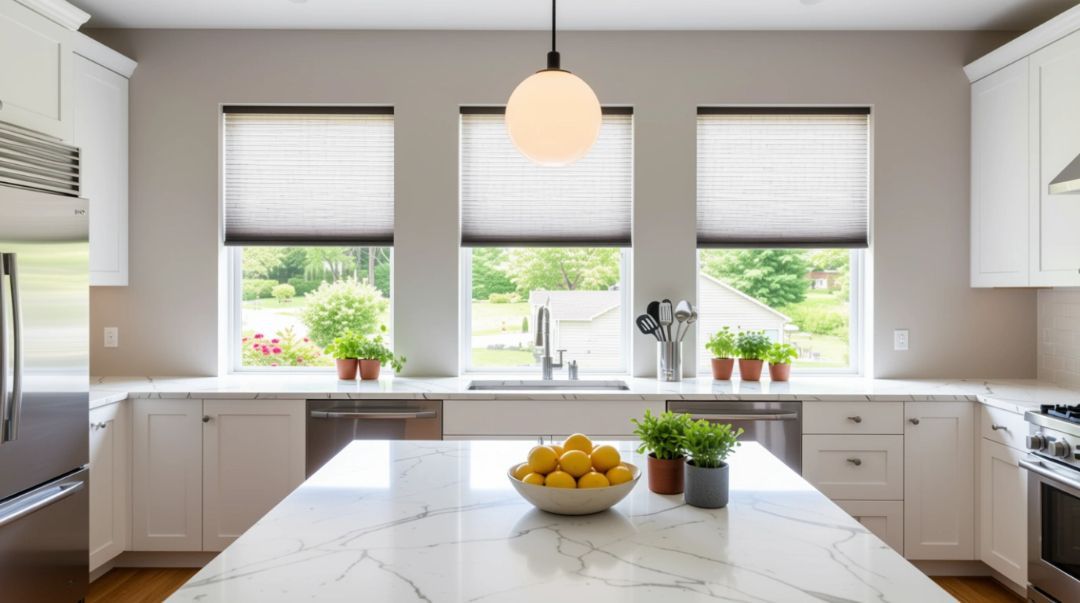
- High traffic or airport noise: Inserts or laminated glass plus acoustic curtains.
- Moderate neighborhood noise: Blackout curtains plus cellular shades.
- Rentals: Heavy curtains with weather stripping.
- Long-term homeowners: Laminated or triple-pane windows for maximum return.
Final Recommendations from Love Is Blinds TX
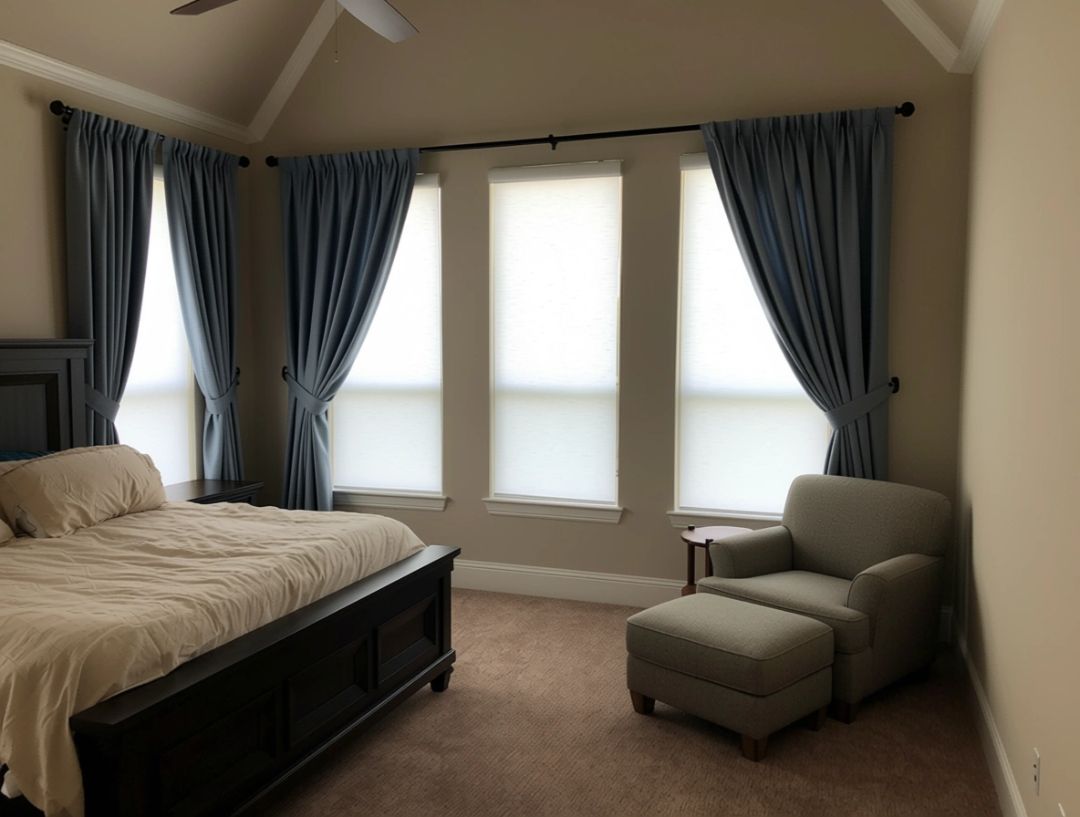
The best noise-proof window treatment depends on your environment, budget, and style preferences. For most homeowners in Texas, a layered solution offers the strongest balance of performance and cost.
- Start with sealing gaps and adding acoustic curtains.
- Add cellular shades for insulation and extra sound control.
- For maximum impact, invest in window inserts or laminated windows.
Love Is Blinds TX recommends treating each window based on exposure, size, and your lifestyle. By combining the right treatments, you create a quieter, more comfortable home that supports better sleep, focus, and overall well-being.

